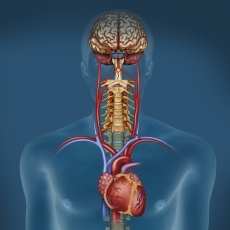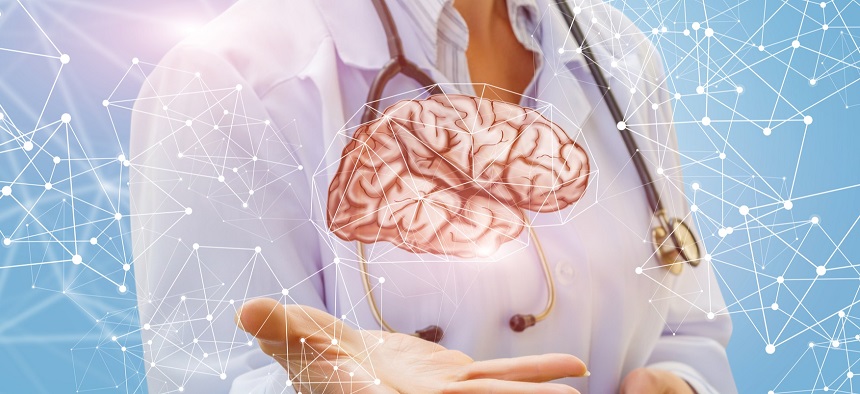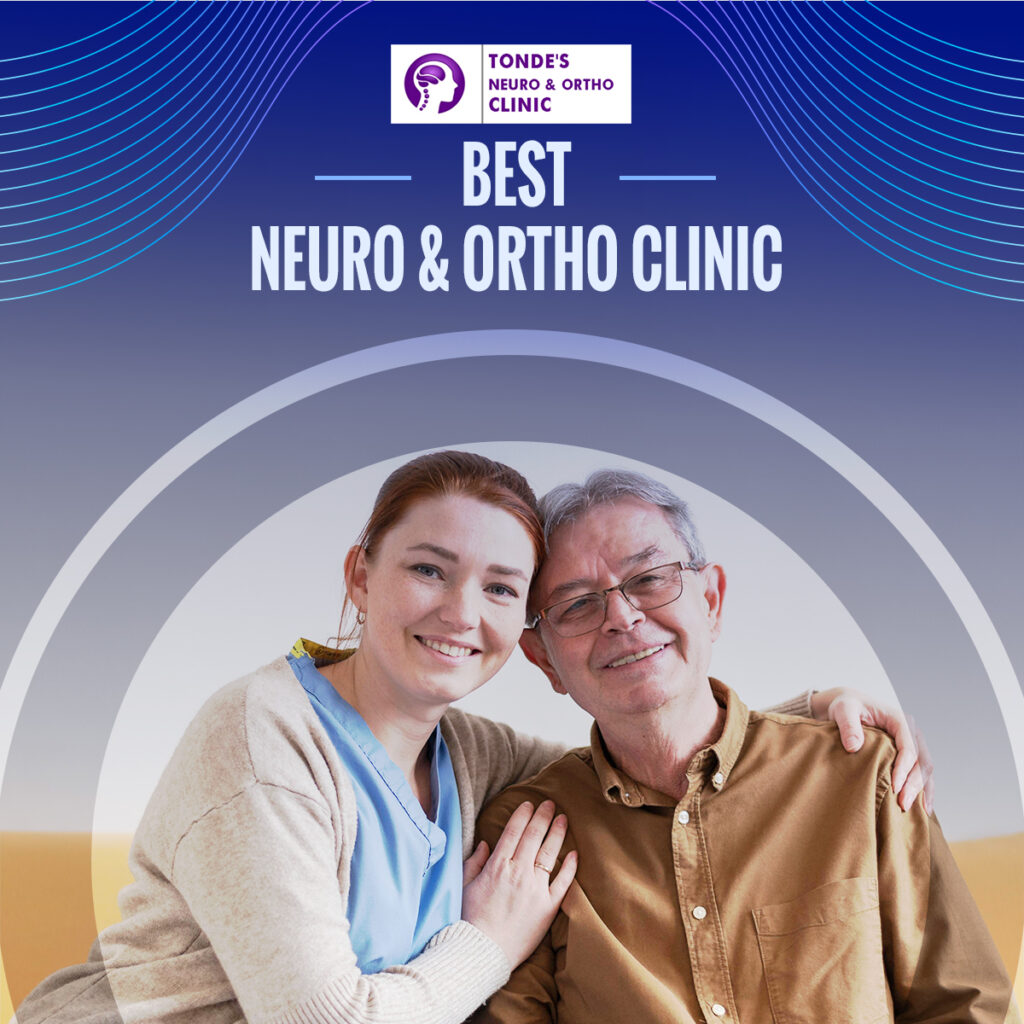Have Any Questions?
+91 77 9849 9977
Visit Us At
103, Shivom Regency, Baner Rd, Pune
+91 77 9849 9977
103, Shivom Regency, Baner Rd, Pune
The ANS provides the connection between your brain and certain body parts, including internal organs. For instance, it connects to your heart, liver, sweat glands, skin, and even the interior muscles of your eye.
The ANS includes the sympathetic autonomic nervous system (SANS) and the parasympathetic autonomic nervous system (PANS). Most organs have nerves from both the sympathetic and parasympathetic systems.
The SANS usually stimulates organs. For example, it increases heart rate and blood pressure when necessary. The PANS usually slows down bodily processes.


Autonomic dysfunction develops when the nerves of the ANS are damaged. This condition is called autonomic neuropathy or dysautonomia. Autonomic dysfunction can range from mild to life-threatening. It can affect part of the ANS or the entire ANS. Sometimes the conditions that cause problems are temporary and reversible. Others are chronic, or long term, and may continue to worsen over time.
Diabetes and Parkinson’s disease are two examples of chronic conditions that can lead to autonomic dysfunction.
Autonomic dysfunction can affect a small part of the ANS or the entire ANS. Some symptoms that may indicate the presence of an autonomic nerve disorder include:
Your doctor will treat autonomic dysfunction by addressing the symptoms. If an underlying disease is causing the problem, it’s important to get it under control as soon as possible.
Often, orthostatic hypotension can be helped by lifestyle changes and prescription medication. The symptoms of orthostatic hypotension may respond to:
Nerve damage is difficult to cure. Physical therapy, walking aids, feeding tubes, and other methods may be necessary to help treat more severe nerve involvement.
Finding support to help you cope with autonomic dysfunction can be just as important for improving quality of life as managing physical symptoms.
Methods for coping and improving quality of life include the following:

Mail Your Resume At : drpriyankaneuro13@gmail.com